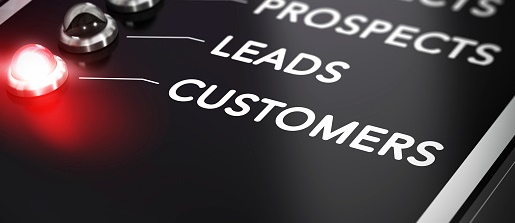By Rob Simons
We’ve all repeated the mantra to ourselves: “Change is good. Change is good. I can do this, change is good.” The words are meant to simultaneously console and convince because as humans, we are hard-wired with an emotional aversion to change. Many of us use the same laundry detergent, order the same dish off the menu and drive the same route to work for years–all to avoid change.
Our aversion to change is the result of what scientists call “cognitive error,” specifically status quo bias and loss aversion. Behavioral economists Amos Tversky and Daniel Kahneman studied these biases extensively, and found that loss has twice the negative emotional impact on an individual as a positive gain of the same size. As a result, humans tend to hold on to what they know, and often miss the possible advantages of change.
When developing marketing strategies with potential clients, it’s important to keep status quo bias and loss aversion in mind. Follow these steps to overcome common cognitive errors and convert more prospects into clients:
- Identify changes that could instill fear. At what point in the conversion process does your potential client get antsy? Is there hardware implementation that could disrupt the office layout? Or, maybe a change in cost or routine is causing them to hesitate. Encourage feedback from your prospects, and recognize the points at which you might be losing your lead.
- Minimize the perceived pain. Once you’ve identified the pain-points for your prospects, brainstorm strategies that might improve their experience. You may not be able to reduce the amount of change that will occur for them or their brand, but you can reduce your prospects’ aversion to that change. Show them case studies and statistics that prove the outcome is worth the growing pains, all without disrupting the prospect’s “norm.”
- Weigh the pros and cons. Sometimes, loyalty and longevity is simply a function of guaranteed reward. We repeat actions because we clearly see the positive outcome of those actions. Take airlines, for example: If you’re a loyal flier, you can accrue travel miles and points to earn Platinum status, giving you access to priority boarding, class upgrades and other bonuses.
But what happens if you become dissatisfied with a service from which you’ve previously reaped rewards? Is changing airlines worth the loss of all those accrued miles, or might a new airline be able to provide better benefits? Consider your options carefully to minimize the change. Whether it’s an airline or a service provider, most companies want your business and are willing to match competitors’ rewards to get it.
Overcoming an unconscious bias isn’t impossible, but if we are to implement change effectively, we must convince leads that “new” doesn’t mean “bad.” In fact, it often means “good” or even “great.” Following these steps will move prospects past their status quo bias, help them to comfortably accept change, and become your newest customers.
Rob Simons is a certified Gazelles International Four Decisions™ coach for Petra Coach – a Nashville-based company that companies hire to help build a culture of purpose, alignment, and accountability by implementing the Rockefeller Habits. Rob can be reached at rob@petracoach.com or 210-845-2782 and on Twitter @robsimons.







